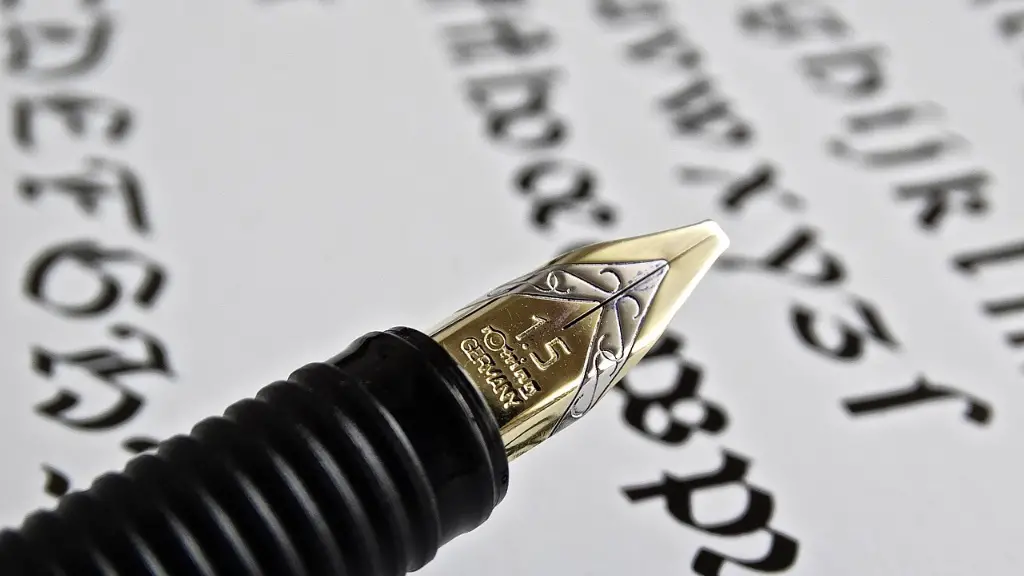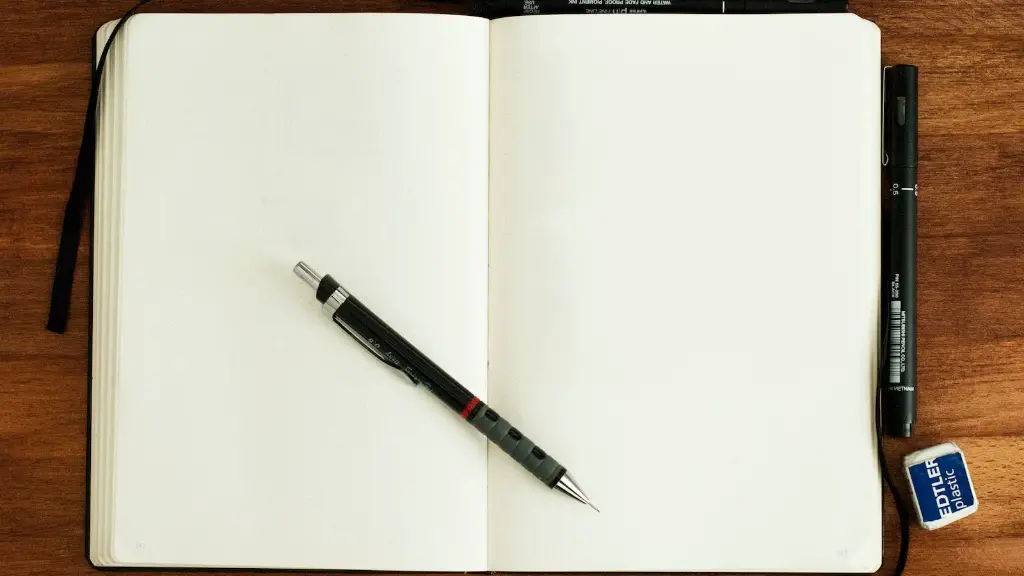1. Aesthetic Appeal of Poetical Fonts
The aesthetics of a font can be a powerful influence on the overall look and feel of a poem. The shape of the letters, the texture of the words and the precise visual details of a font can transform the poem’s presentation. In the past, poets often chose fonts based on their perception of what was aesthetically appealing. Today, typographers use their design skills to create fonts that enhance the visual impact of written words.
When selecting a font for a poem, the designer must consider both the form of the text and the specific context of its use. Different fonts have different characteristics and weights, which can affect how the poem is read. For instance, a bolder font can evoke a sense of urgency or intensity, while a light, delicate font can create a dreamy atmosphere. Additionally, the thickness of the font can influence the readability of the piece, with thicker fonts providing greater legibility.
2. Emotional Impact of Poetic Fonts
Fonts can also have a strong emotional impact on the poem’s readers. Certain fonts can foster an intimate atmosphere, invoking a sense of intimacy and connection between the poet and the audience. Others can evoke a sense of grandeur and sophistication. By carefully selecting a font that fits the tone of their poem, poets can convey a desired emotion to their readers.
That being said, it is important to note that the emotional impact of a font is highly subjective – what one reader may find beautiful and intriguing, another may deem dull and outdated. Thus, the best font for poetry is the one that readers can truly connect to on an emotional level.
3. Considerations for Choosing the Best Font for Poetry
To choose the best font for a poem, the poet must first consider their purpose in crafting the piece. Are they intending to make a bold statement? Are they aiming for solemnity and introspection? Or are they hoping to convey a sense of playfulness and whimsy? The font chosen should reflect the overall intention of the poem and how it should be interpreted.
Additionally, the font should be chosen with readability in mind. For example, serif fonts such as Times New Roman or Garamond can be more readable than sans serif fonts such as Helvetica or Arial. Similarly, the size of the font should be large enough to make the poem legible, yet not too small so as to make it difficult to read.
4. Popular Fonts for Poetry Writing
When it comes to choosing a font for a poem, there is no single “right” answer. However, some popular fonts are often favored by poets. These fonts typically feature sleek lines and beautifully balanced curves, as well as subtle details that lend a sense of refinement. Examples of popular fonts include Georgia, Baskerville, Palatino and Garamond.
For a classic, yet modern look, some poets opt for more minimalist fonts such as Open Sans or Roboto. These fonts are highly legible, making them well-suited for lengthy works. Additionally, they often come in multiple weights and italics, allowing for greater customization.
5. Ways that Fonts Enhance the Poetic Experience
When used correctly, fonts can be powerful tools for enhancing a poem’s aesthetic appeal and emotional impact. A well-chosen font can bring out the meaning, beauty and nuance of the words, allowing the reader to connect to the poem on a more profound level.
Fonts also have the ability to transport a poem to a different time and space. By carefully selecting a font with a unique look and feel, the poet can evoke a sense of nostalgia or grandeur, depending on the desired outcome.
6. The Impact of the Digital Age on PoetryFonts
The rise of the digital age has revolutionized the way in which poems are crafted and experienced. Today, most poems are created and read online, transforming the traditional paper-based system of typography into a digital medium. This shift has allowed for a larger selection of fonts as well as more robust type design options.
For instance, modern fonts often include a wide range of weights and italic styles, providing increased flexibility in terms of font selection. Additionally, web fonts are often more accessible and cost-effective than their print equivalents.
7. Finding the Perfect Font for Your Poem
Ultimately, selecting the perfect font for a poem is largely a matter of personal preference. By exploring various fonts and exploring their aesthetics, poets can discover the one that best encapsulates their creative vision.
When selecting a font, the poet should consider their overall intent and the desired emotional impact. They should also take into consideration the readability of the font, as well as the aesthetic considerations such as the font’s thickness, weight and shape.
8. Constructive Criticism from Scholars and Editors
When it comes to selecting the ideal font for a poem, poets should seek constructive criticism from knowledgeable sources such as scholars, editors and literary magazines. By gaining an outside perspective, poets can ensure that their font choice is a good fit for their poem.
Additionally, poets can gain valuable insights from experienced typographers. A typographer can provide valuable advice on how to best present a poem on the page or screen, as well as provide general recommendations on font choice.
9. The Contextual Nature of Font Selection in Poetry Writing
Finally, it is important to note that the font selection for a poem depends on its overall context. Different mediums and physical spaces require different fonts; for example, a poem published in a print magazine will typically feature a more traditional font, while a poem published digitally may feature a more modern font.
Similarly, the genre and tone of a poem should determine the font choice. A romantic poem may be better served by a more romantic font, while a poem with a humorous or sarcastic tone may call for a more playful font.
10. Fonts as Tools for Creative Expression
Fonts are essential visual elements in the world of poetry. By carefully selecting a font that complements the poem’s overall aesthetic, poets can make a powerful statement about their work and how it should be experienced. Additionally, fonts can enhance the poem’s emotional impact, allowing poets to evoke specific feelings or moods within the reader.
Thus, fonts are powerful tools for poets to use when creating their works. By selectively choosing the best font for their poem, poets can create beautiful, impactful pieces of literature.


